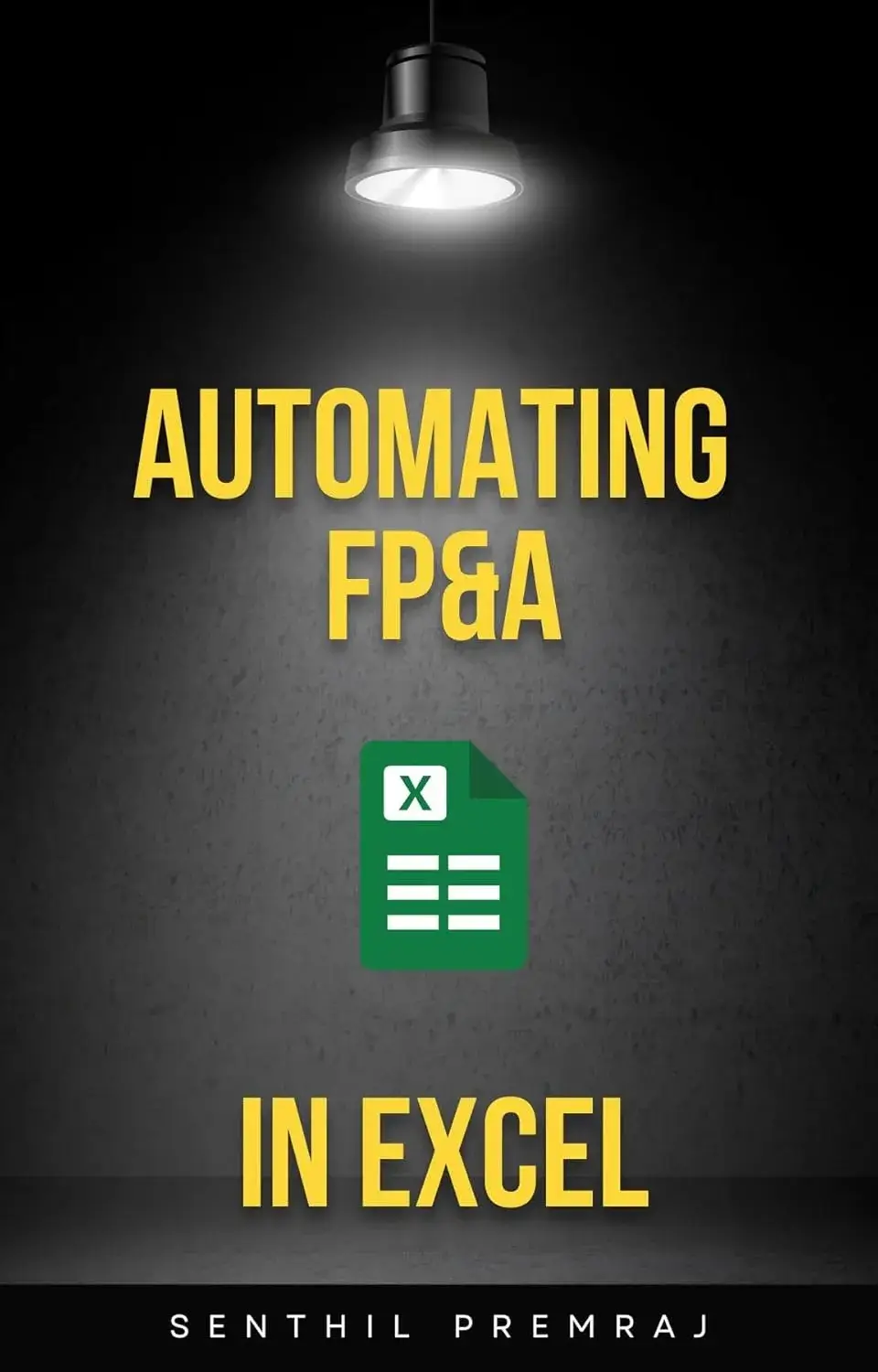G-Accon is best known as a connector—it pulls your QuickBooks or Xero data directly into Excel or Google Sheets. On top of this, G-Accon provides a library of pre-built templates for financial reporting, giving you instant access to graphs, charts, and dashboards without having to start from scratch.
For many small businesses or accounting firms, this makes basic financial reporting faster and easier. You can automate transaction imports, simplify reconciliations, and produce simple financial statements without heavy manual work.
But here’s the limitation: G-Accon stops where advanced analysis begins. If your finance team needs to do things like:
- Budget vs. actuals analysis
- Forecasting and scenario modeling
- Vertical and horizontal analysis
- Managing Year-to-Date (YTD) and Year-to-Go (YTG) metrics
…you’ll quickly outgrow G-Accon’s capabilities.
At that stage, you need true FP&A (Financial Planning & Analysis) software—tools built around a centralized data structure, automated roll-ups, and multi-dimensional analysis.
👉 Want to dive deeper into what makes FP&A software different from basic reporting tools? Read our
Ultimate Guide to Excel-Based FP&A Software
Top 4 Excel Based FP&A Software
👉 Want to dive deeper Financial Reporting software and various options in this space? Read our
Ultimate Guide to Financial Reporting Software
Top Financial Reporting Software in 2025
Core Functionalities and Target Audiences
G-Accon: Streamlined Accounting Integrations
G-Accon excels at what it was built for—bridging cloud accounting platforms like QuickBooks and Xero with spreadsheet tools like Google Sheets and Excel.
✅ Strengths:
- Real-time synchronization of accounting data
- Simplified transaction imports and reconciliations
- Pre-built templates for quick dashboards and financial statements
This works well for:
- Small businesses needing quick financial snapshots
- Accounting firms managing client books
- Teams with straightforward reporting needs
But G-Accon’s scope is confined to accounting data. It doesn’t provide a centralized database for multi-departmental analysis or handle complex consolidations.
PivotXL: Enterprise-Grade Financial Automation
PivotXL takes finance automation to the next level. Instead of just pulling in accounting data, it unifies information from ERP systems, CRMs, and external databases into a centralized, multi-dimensional cube—the foundation for true FP&A.
With PivotXL, you can:
- Perform multi-dimensional analysis (e.g., by region, product line, or time period)
- Automate complex workflows like budgeting, forecasting, and intercompany eliminations
- Still use Excel as your calculation and reporting layer—without being trapped in spreadsheets
This makes PivotXL ideal for mid-sized to large organizations looking for collaborative planning, advanced reporting, and scalable forecasting.
✅ Check out our product demos – See how PivotXL automates reporting, budgeting, and forecasting in Excel.
📘 Review our product documentation – Explore detailed guides, walkthroughs, and FAQs to get started quickly.
Key Differentiators and Advantages of PivotXL
1️⃣ Multi-System Data Consolidation
Unlike G-Accon, which stays tied to QuickBooks or Xero, PivotXL aggregates data from multiple sources—ERP modules, CRMs, and operational databases—into one analytical hub.
📌 Why it matters: Businesses can correlate financial outcomes with sales performance, inventory levels, or marketing spend.
Example: A manufacturing company can see how production delays (ERP data) affect quarterly revenue forecasts (accounting data).
2️⃣ Advanced Analytical Capabilities
PivotXL’s OLAP cubes enable slicing and dicing data across dimensions like:
- Time Horizons: Compare Year-to-Date (YTD) vs. Year-to-Go (YTG)
- Regions: Assess profitability across subsidiaries or markets
- Product Lines: Identify underperforming SKUs and margin trends
📌 Why it matters: These analyses go far beyond G-Accon’s spreadsheet templates, which aren’t designed for scenario modeling or multi-dimensional queries.
3️⃣ Collaborative Financial Planning
PivotXL includes workflow management tools for task assignments, approvals, and version control—features G-Accon doesn’t have.
📌 Why it matters: Teams can collaborate on budgets and forecasts inside PivotXL instead of juggling email threads and file versions.
One PivotXL client reduced its budgeting cycle time by 40% by using automated validation checks and real-time updates.
4️⃣ Scalability for Complex Financial Structures
For companies with multiple subsidiaries or complex ownership hierarchies, PivotXL’s consolidation engine automates:
- Intercompany eliminations
- Currency translations
- Compliance reporting (GAAP, IFRS)
📌 Why it matters: G-Accon can handle basic multi-entity reporting, but it struggles with the heavy compliance and consolidation needs of industries like healthcare, manufacturing, or global retail.
When to Choose PivotXL Over G-Accon
✅ Multi-Department Budgeting and Forecasting: PivotXL brings in data from sales, operations, and HR for holistic planning—G-Accon can’t.
✅ Regulatory Compliance & Audit Readiness: PivotXL’s audit trails and permissions help meet IFRS/GAAP requirements—G-Accon’s focus is too narrow.
✅ Dynamic Scenario Analysis: PivotXL allows real-time what-if modeling (pricing changes, supply chain disruptions). G-Accon requires manual spreadsheet updates for each scenario.
✅ Large-Scale Data Harmonization: PivotXL standardizes and merges data from acquisitions or legacy systems—G-Accon can’t handle that complexity.
Conclusion: G-Accon for Simplicity, PivotXL for Strategy
If you’re a small business or accounting firm looking for a lightweight connector that keeps QuickBooks or Xero data flowing into Excel or Google Sheets, G-Accon is a fantastic choice.
But if your organization is scaling—adding multiple entities, departments, or advanced planning needs—you’ll need something more powerful.
PivotXL delivers that power, combining:
- Centralized, multi-dimensional data
- Advanced reporting and forecasting tools
- Workflow automation and collaboration features
- Excel integration for familiarity
By moving beyond basic reporting, PivotXL helps finance teams shift focus from data wrangling to strategic decision-making—future-proofing your FP&A process.



